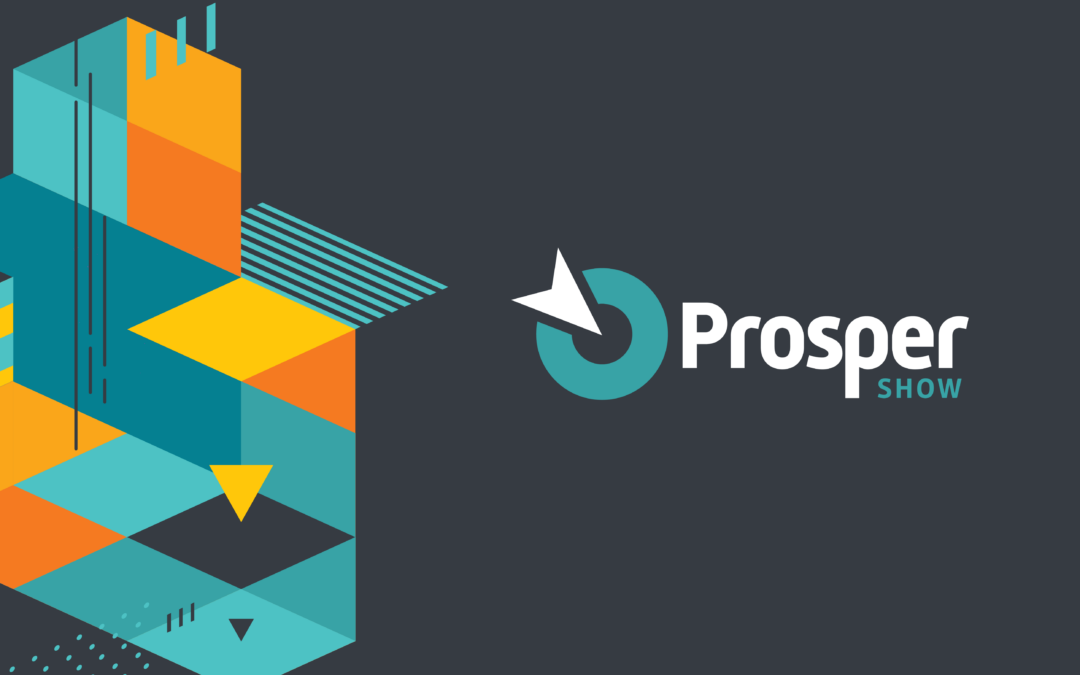Coming up with a successful Amazon pricing strategy is one of the trickiest aspects of operating an Amazon store. It is, however, a critical one. Let’s explore some tried-and-true methods that will help you determine the right prices for your products.
How to Figure Out Your Ideal Price
When you sit down to put together a full Amazon product pricing strategy, approach it like you’re playing a game of limbo and ask yourself, “how low can I go?” Determining your bare minimum price, or price floor, involves taking into account all of your expenses to figure out the lowest price that you can sell a product for while still turning a profit.
Some general expenses include:
● Shipping costs
● Customs, if shipping internationally
● Money transfer, or payment wiring
● Return fees
Some Amazon-specific considerations include:
● Amazon Commission, or the portion of your profits that Amazon keeps in exchange for you selling on their platform
● Return fees: Amazon keeps 20% of their commission, even after a return takes place
● Fulfillment by Amazon (FBA) fees
Once you determine your price floor, you can now seek out your price ceiling. Do this by simply looking up products that are the same or similar to yours and consider the first few search results that appear on page one of Amazon.
A good rule of thumb is to set your price no more than 20% higher than the highest price listed. This raises the probability that you might share the Amazon Buy Box with other sellers, wind up on page one of organic results and make sales once the bottom-line listings are sold out.
Tips for Creating Your Amazon Pricing Strategy
Aside from determining your price floor and ceiling, you need to prepare yourself for the daily fluctuations that occur in the Amazon marketplace—from competitor price changes to Amazon algorithm updates.
Let’s break down some of the most important factors.
Don’t Undercut Amazon
When going after the Buy Box, it can be tempting to simply list your product at the lowest possible price to score quick sales. However, if you happen to undercut Amazon’s prices or another Fulfillment by Amazon (FBA) seller’s, you’ll most likely start a price war, also known as the “race to the bottom.” Since Amazon is the bigger seller, they’ll be able to cut prices more aggressively in order to stay below yours. So even if you do move a lot of product, you’ll lose out on profits big time.
A better Amazon pricing strategy is to match Amazon’s price or place yourself slightly above theirs. Pricing your products a little bit higher is a good strategy if you know that Amazon has a limited stock that will most likely sell out soon. Why? Because buyers will most likely turn to your listing next. This is also a good strategy if you have several high ratings and good reviews. Amazon buyers tend to buy products that have been well-received by previous customers.
Keep Prices Consistent
If you’re selling a product that people buy repeatedly or frequently, it’s important to maintain your price range. Having consistent pricing will help you maintain customer loyalty (and your profit margins). You can make exceptions around holidays or for specials events, like a new product roll-out. But for the most part, smooth and steady is the way to go.
Consider Automatic Repricing Software
If you’re confident in your Amazon product pricing strategy, especially your floor and ceiling prices, consider investing in automatic repricing software. This takes some of the hassle out of creating your strategy since the software will make adjustments to your listings according to your competitors. The software will also stay within the minimum and maximum prices you set for it. It’s an easy way to stay current with competitor trends.
Brand Perception
While it would be nice for perceptions of our brand to be determined by the products and services we provide, a lot of buyers form their initial impressions based on price. It’s important that the price of your product represents the quality you’re offering, so don’t slash prices to get more sales and sacrifice your brand’s integrity. Find a price that is most appropriate for your listing, be it a value item, premium or somewhere in between.
Set Up MAP Pricing
Minimum advertised price (MAP) is how sellers on Amazon can set official price limits for themselves and resellers who list your products. Setting a MAP means that, if your product is listed at a minimum of $35, a reseller can’t swoop in and sell it for $34. If you want to learn more about MAP pricing, check out our article on how to handle MAP violations.
MAP agreements also ensure that you don’t compete with your own resellers based on price and that they can’t compete with you in that arena either. Even so, it’s important to keep an eye out for MAP violations so you can put a stop to low-balling resellers and maintain your reputation as the best deal.
Stop MAP Violators in Their Tracks with AMZAlert
While stopping MAP violations is important, it can feel like yet another time-consuming task piled on top of all of the other ones necessary for running a successful Amazon store. That’s where AMZAlert comes in.
With our Amazon Price Monitor software, you will be automatically informed if any resellers are undercutting your established price floor. We even send automatic alerts to the resellers for you! It’s one more way that AMZAlert can help make your Amazon selling experience more stress-free and hands-off.
There are plenty of other great AMZAlert features, too. Check out all of the Amazon text alerts and email notifications we can send you related to your listings and account. Sign up today to give yourself a more relaxing tomorrow!


Recent Comments